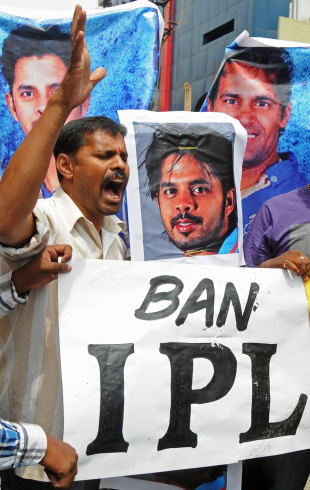by Yasmin Alibhai Brown
Under the arches in Waterloo, a man sits, his head bowed. A scarf is wound tightly around his neck, as if he wants to strangle himself. His hands are grimy and covered in cuts, one suppurating. As I give him some coins and antiseptic plasters, I ask him why he is out there. He doesn’t look at me, and seems unwilling to talk.
I am with a friend. We are going to the screening of a forthcoming BBC TV drama. My friend is impatient and then cross that I have stopped and wasted time (it is barely three minutes) on “these people” – yet after a trip to India my friend told me how awful it was that well-off Indians simply ignored beggars all around them. I remind her of that and she told me: “It’s completely different. They have no welfare there. Here we do. People don’t have to be poor here. It’s a choice.”
I can’t be her friend any more. She is not a bad person but somewhere along this road we are travelling during the recession, she decided that the real enemies within were those who depend on the state or the goodwill of others, “charity pests” as she calls them.
According to the British Social Attitudes Survey (2011), 56 per cent of the British population think benefits are too high and stop people looking for work. In 1983, at the height of Thatcherism, the figure was 35 per cent. Today 63 per cent also believe that children are poor because their parents are feckless and lazy.
As life gets hard for the middle classes, they turn harder and the same is happening to those who define themselves as working class. Most of our people, it seems, approve of the benefits cuts, the bedroom tax, substantially reduced disability allowances and a drastic cull of local services. They are now persuaded that the needy are greedy and are a parasitic hoard responsible for our shrinking GDP and economic woes.
Look around you. Listen to the doctors, church leaders, local councillors and workers, homeless and children’s charities, those who run shelters and refuges, and others. They speak to our consciences, tell us what is happening and are not being heard.
A few days back, Stephanie Bottrill, only 53, killed herself because she could not afford to pay an extra £20 per week for her extra bedroom in a home she had lived in all her life. Did her death cause people to rethink their hostile attitudes to such people? I don’t think so. Their eyes are shut, ears deaf and hearts locked up to stop such emotional intrusions.
Here are some of the truths assiduously avoided. David Stuckler, senior researcher at Oxford University warns “austerity kills”. Suicides rise during times of high unemployment. Since 2011, they have risen dramatically, most of all in the areas where there are no jobs and among people badly affected by the Coalition policies. Stuckler is also concerned about the disabled, those who can’t afford homes, and the sick.
A new report by the British Medical Association (who are not a gang of lefties) warns that government policies are hitting the most vulnerable. A quarter of a million children are already failing to meet the basic standards of normal development. The GP Greg Wood, who worked for Atos, the company charged by the Government with assessing disability claimants, has just resigned because he thinks that the system is biased against the disabled. Food bank suppliers can’t cope with demand; Salford council, one of many, is closing shelters because it is unable to get state money to house the homeless.
The Centre for Global Education confirms, with some apprehension, that the debate on poverty has been redirected away from structural and political causes to opprobrium towards the unemployed and welfare dependents. The national sport of baiting and hating of the poor has been damned in The Lies We Tell Ourselves (Jan 2013) and The Blame Game Must Stop (March 2013), both commissioned by church groups.
In the foreword of the latter report the Liberal Democrat MP Sarah Teather writes: “Stigmatising people on benefits is politically popular, but it isn’t fair or right... it will make Britain less generous, sympathetic and willing to co-operate... It will make it more difficult for campaigners coming after us to argue for an option for those in poverty, because public opinion will simply not tolerate it.” How true that is, and too late already. Compassion is now a minority hobby in this great country where, remember, the welfare state was created during years of unimaginable hardship and post-war devastation.
Paul Krugman, the Nobel Prize-winning economist, describes austerity programmes as an “unethical experiment” on human beings. Public opinion can scare or encourage politicians. Today millions are backing this human experiment. They, more than the ruthless Government, are responsible for the blood and tears flowing among the unfortunate and disenfranchised. The savage tyranny of the majority, as history shows, destroys nations, social and human bonds. It is happening here. One day we will all miss the nation we once were, but there will be no way back.




